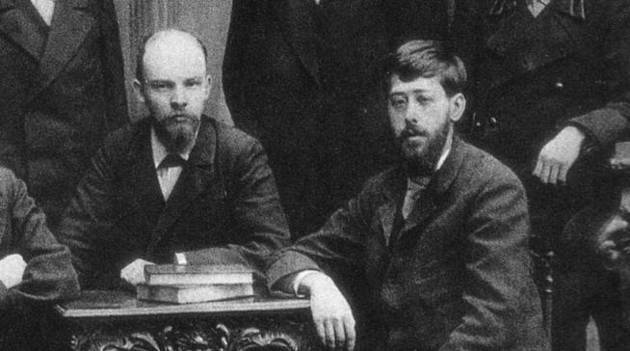The existence ofcitiesit is directly linked to human aspects (social, cultural, political and economic) and physical aspects (region, rivers, streets, architectures). Therefore, for the formation of cities it is essential that these two aspects are mutually present.
In this text we will emphasize the streets. Without them would it be impossible for cities to exist, that is, where would the houses or dwellings of the city's population be located? Where would people and vehicles (carts, carts, cars, bicycles, motorcycles) travel? Without the streets, would people be able to move from one place to another? That said, we will travel through the history of the streets.
At stories of city populations often get confused with the street history where they reside. The street is the place where several generations live together or not, where stories from the present and the past are present.
The past was registered in the streets, through the architecture and memory of the older people who lived in that place a long time ago. The present time is the constant movement of history lived daily by the inhabitants and passersby of the streets.
For example: in the year 1854, the oil lamps used in public street lighting in the city of Rio de Janeiro gave way to gas lighting, while electric light in the streets arrived in 1904. Therefore, streets were not always lit and street lighting changed along with history. Also in the city of Rio de Janeiro, in 1847, public cleaning services began, carried out by the company Aleixo Gary & Cia. From then on, the garbage collectors and those responsible for cleaning the streets became known as 'Gary' – today, street cleaner.
The streets of Brazilian cities have always received names related to people or events that are considered significant for the country's history. By the way, the study of the origin of place names is called toponym and can help in discovering the origin of the name of the street where each person resides.
In Brazil there are streets named after historical events, such as September 7th, November 15th, streets with names of historical characters, such as Dom Pedro I, Barão do Rio Branco, Getúlio Vargas, among others. There are also streets that are numbered, such as street 1, street 10, and so on.
How are streets named? Generally, the name of the streets is proposed by the councilors or by the residents who take the name proposal to the councilor, the name being approved by the City Council.
Streets are physical spaces where all the social lives of cities take place. People travel the streets daily, go home, to work, whether on foot or by transport. In Brazil, there are a large number of people who live on the streets (street children, homeless people), while others they made the streets their places of work (street vendors, street vendors, drivers, traffic guards, among others).
According to the testimony of Dona Idalina, a resident of the city of São Paulo, the streets changed a lot from 1950 to the 2000s:
“I used to live on Rua Tabapuã, there wasn't much traffic. It was paved and the parallel and cross streets were not; they were dirt and I liked to ride my bike all the time... we had so many friends our age, friends, so we spent the whole day playing" (Excerpt from the collection: Exchanging ideas. History. Elementary School. Author: Dora Schmidt. São Paulo: Editora Scipione, 2007, p. 20).
According to the statement above, it is noted that the streets have changed a lot in the last 60 years: Dona Idalina still played all day with her friends, the streets were almost all unpaved and with little Traffic. Currently, it is practically impossible for children to play in the streets, for a number of reasons: large amounts of vehicle traffic and an increase in the rate of street violence (robberies, shootings, deaths, drug sales) are some.
Even with all the impositions and dangers of today, the streets are still extremely important to the daily lives of people in cities.
Leandro Carvalho
Master in History


